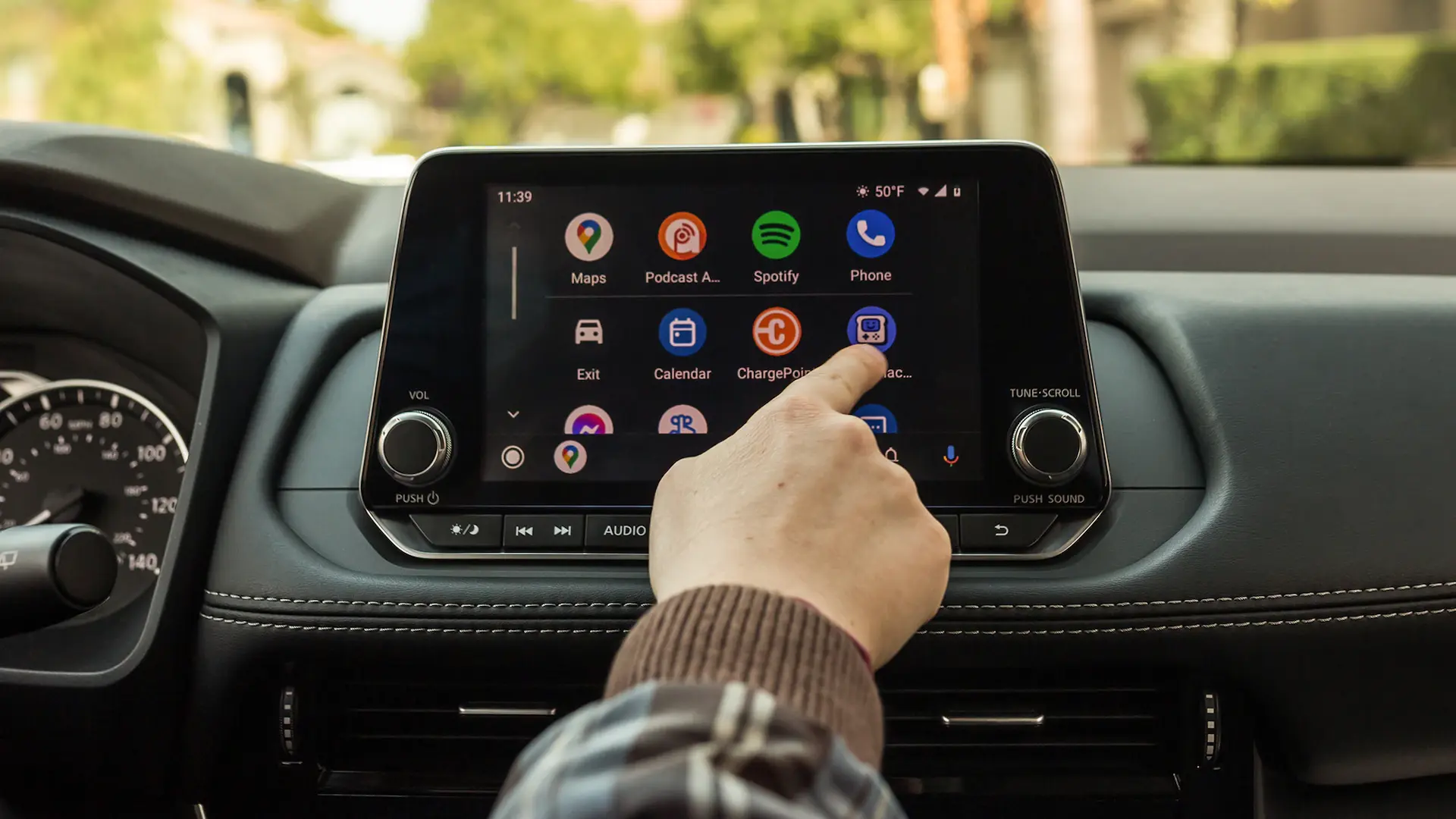Google has officially released Android Auto 12.5 as a stable version, marking another step forward in the evolution of the popular in-car system. While the tech giant often touts bug fixes and performance enhancements with new releases, the absence of overt visual changes in this iteration might leave users wondering what’s new. In this in-depth analysis, we delve into the specifics of Android Auto 12.5, exploring its potential improvements and providing clear instructions on how to update your system.
Android Auto 12.5 Stable: A Closer Look at the Latest Update
Unveiling Android Auto 12.5
Following its brief stint as a beta version, Android Auto 12.5 is now widely available for download through the Google Play Store. This latest update aims to refine the user experience by addressing underlying issues and optimizing system performance. While Google’s official changelog remains characteristically vague, promising only “bug fixes and other improvements,” there’s reason to believe that this update delivers tangible benefits.
A Closer Inspection: What’s Changed?
Despite the lack of prominent visual alterations, Android Auto 12.5 is likely to introduce subtle enhancements that contribute to a smoother and more reliable in-car experience. While our testing did not uncover any immediately apparent changes in the user interface or core functionalities, it’s essential to remember that updates often focus on behind-the-scenes optimizations.
One notable development, though not directly tied to Android Auto 12.5, is the gradual rollout of the incident reporting button within Google Maps for Android Auto. This feature, designed to improve road safety by allowing users to report accidents or hazards, is currently available in select regions.

Updating to Android Auto 12.5
To ensure you’re benefiting from the latest improvements, follow these steps to update your Android Auto system:
- Check Your Current Version: Begin by determining your current Android Auto version. This information is typically accessible within the app’s settings or by long-pressing the app icon on your home screen.
- Update via Google Play: If an update is available, open the Google Play Store, tap on your profile picture, select “Manage apps and device,” and then choose “Update all.”
- Manual Installation: If the update doesn’t appear in the Play Store, you can manually install it by downloading the APK file from a reputable source like APKMirror. Once downloaded, open the file and follow the on-screen instructions to complete the installation.
Potential Performance Enhancements in Android Auto 12.5
While the visible changes in Android Auto 12.5 may be subtle, it’s crucial to recognize that the update likely incorporates significant performance optimizations. These enhancements can significantly impact the overall user experience, even if not immediately apparent.
Improved Responsiveness and Loading Times
One area where users might notice improvements is in app launch speeds and overall system responsiveness. Android Auto 12.5 could feature refined code and algorithms, resulting in quicker app loading times, smoother transitions between screens, and reduced delays when interacting with the system.
Enhanced Stability and Reliability
A key focus of software updates is to address bugs and improve stability. Android Auto 12.5 is likely to benefit from enhanced error handling, preventing crashes and unexpected behavior. This increased reliability can lead to a more consistent and frustration-free user experience.
Optimized Resource Management
Efficient resource management is essential for a smooth-running system. Android Auto 12.5 might incorporate optimizations to manage memory, CPU, and battery usage more effectively. This could translate to better performance, especially in older or less powerful vehicles.
Potential Future Developments
While not explicitly confirmed, Android Auto 12.5 could lay the groundwork for future enhancements. The update might introduce underlying changes or new frameworks that will enable the development of innovative features in subsequent releases.
Tips and Tricks to Make Android Auto 12.5 Awesome
Android Auto 12.5 is great for driving, but you can make it even better! Here are some simple tips and tricks to help you get the most out of it.
Basic Tips
- Keep your phone updated: Make sure your phone is up-to-date. This helps Android Auto work smoothly.
- Update your apps: Keep your Android Auto apps updated for the newest features.
- Clear app stuff: If Android Auto is slow, clear the app’s cache and data.
- Good internet: A strong internet connection makes Android Auto work better.
- Focus on the road: Pay attention to driving, not your phone. Use voice commands.
Fix Problems
- Check the cable: A bad cable can cause problems. Try a different one.
- Is your car ready?: Make sure your car can use Android Auto. Check the car’s manual.
- Turn off Bluetooth stuff: Other Bluetooth things can mess with Android Auto. Turn them off.
- Restart everything: Sometimes, turning your phone and car off and on again fixes things.
- Try again: If problems keep happening, try removing and reinstalling the Android Auto app.
Extra Tips
- Wireless is cool: If your car can, use wireless Android Auto. It’s easier.
- Talk to your car: Use voice commands to do things without touching your phone.
- Make it yours: Put your favorite apps and things on the Android Auto home screen.
- Try different plugs: If your car has many USB plugs, try them all to see which one is best.
By following these tips, you can enjoy Android Auto more and fix problems quickly. Always be safe when using Android Auto.

